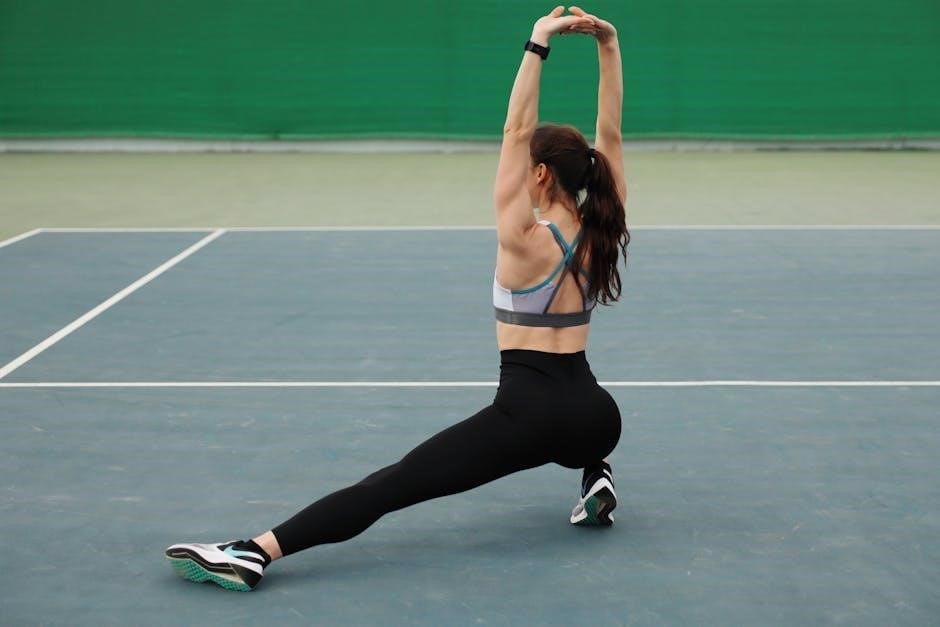The iliopsoas muscle, comprising the psoas major, psoas minor, and iliacus, is a deep-seated hip flexor essential for walking, running, and maintaining posture. Tightness in this muscle can lead to lower back pain and limited mobility, making stretching and strengthening exercises crucial for optimal hip function and overall flexibility.
What is the Iliopsoas?
The iliopsoas muscle is a deep-seated muscle in the lower abdominal and hip region, formed by the combination of the psoas major, psoas minor, and iliacus muscles. It is the longest muscle in the human body and plays a critical role in hip flexion, stabilizing the pelvis, and supporting the lower back. The psoas major originates from the lumbar spine, while the iliacus originates from the ilium, and both merge to insert on the femur. This muscle is essential for movements such as walking, running, and sitting. Tightness or imbalances in the iliopsoas can lead to lower back pain, poor posture, and limited hip mobility. Understanding its structure and function is key to addressing common issues like hip flexor tightness and improving overall flexibility and strength. Stretching and strengthening exercises targeting the iliopsoas are often recommended to alleviate discomfort and enhance athletic performance.
Why is Iliopsoas Stretching Important?
Stretching the iliopsoas is crucial for maintaining proper hip function, improving flexibility, and preventing injuries. Tightness in this muscle can lead to lower back pain, poor posture, and limited range of motion. Regular stretching helps to release tension, reduce muscle imbalances, and enhance overall hip mobility. The iliopsoas plays a key role in movements like walking and running, so keeping it flexible is essential for both daily activities and athletic performance. Additionally, stretching the iliopsoas can improve posture by reducing the forward tilt of the pelvis, which often occurs due to tight hip flexors. This, in turn, can alleviate strain on the lower back and promote better alignment. By incorporating iliopsoas stretches into a fitness routine, individuals can experience reduced discomfort, improved movement efficiency, and a lower risk of hip-related injuries. Regular stretching is a simple yet effective way to maintain healthy hip function and overall well-being.
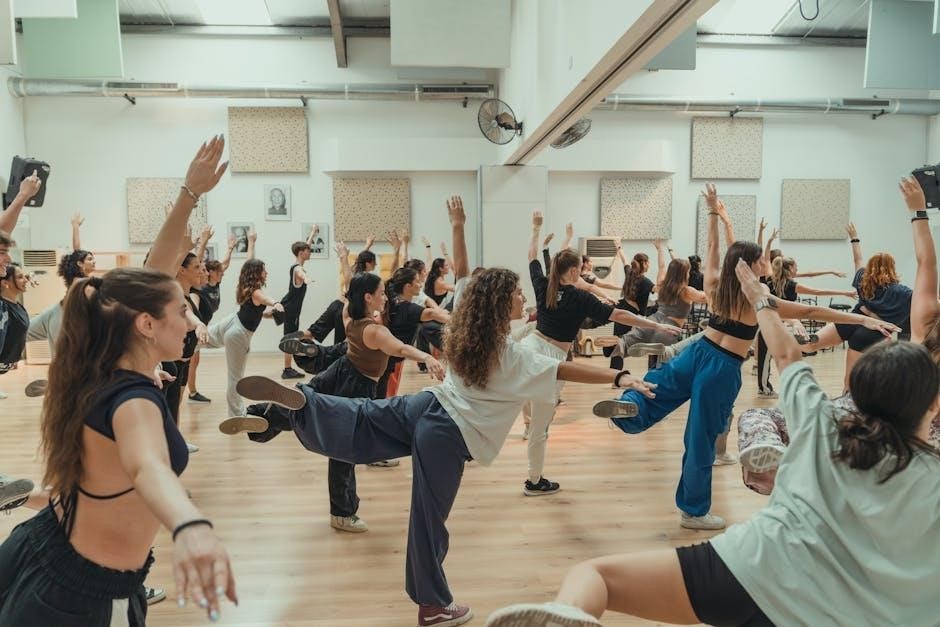
Effective Iliopsoas Stretches
Key stretches like the half kneeling stretch and supine groin stretch target the iliopsoas, improving flexibility and posture while reducing muscle tension. These exercises are essential for maintaining hip health and mobility.
Half Kneeling Stretch
The half kneeling stretch is an effective exercise for targeting the iliopsoas muscle. Start by kneeling on one knee with the other foot in front, ensuring the front thigh is parallel to the ground. Keep your torso upright and engage your core for stability. Slowly lean forward, allowing your hips to move forward while maintaining a neutral spine. You should feel a gentle stretch in the front of your hip on the side of the kneeling knee. To enhance the stretch, extend the same-side arm overhead and lean slightly away from the stretch side. Hold the stretch for 20-30 seconds and switch sides. This stretch improves hip flexor flexibility and can help reduce lower back tension. It’s important to avoid arching the back or forcing the stretch beyond a comfortable range to prevent discomfort or injury. Regular practice of this stretch can lead to improved posture and reduced muscle tightness in the hip area. Additionally, using a cushion or pad under the kneeling knee can provide comfort, especially for those with knee sensitivity. This exercise is particularly beneficial for individuals who spend a lot of time sitting or engage in activities that involve repetitive hip flexion, such as running or cycling. By incorporating the half kneeling stretch into your daily routine, you can maintain healthy hip mobility and prevent potential issues related to tight hip flexors. It’s also recommended to combine this stretch with strengthening exercises for a comprehensive approach to hip health. Overall, the half kneeling stretch is a simple yet powerful tool for enhancing flexibility and promoting overall well-being; Consistency is key, and practicing this stretch regularly can lead to noticeable improvements in hip flexibility and posture over time. For optimal results, it’s advised to perform this stretch 2-3 times daily, ensuring each session is done with proper form and focus on the muscle group being targeted. This mindful approach will help maximize the benefits of the exercise and contribute to a balanced fitness routine. Remember, stretching should be a gentle and controlled process, so listen to your body and adjust the intensity based on your comfort level. If you experience any pain or discomfort, it’s important to modify the stretch or consult with a healthcare professional to ensure you’re performing it safely and effectively. By prioritizing your hip health through exercises like the half kneeling stretch, you can maintain mobility and prevent common issues associated with tight hip flexors. This proactive approach to fitness not only enhances physical performance but also supports long-term musculoskeletal health, allowing you to engage in daily activities with greater ease and confidence.
Supine Groin Stretch
The supine groin stretch is a highly effective exercise for improving hip flexibility and targeting the iliopsoas muscle. To perform this stretch, lie on your back with your knees bent and feet flat on the floor. Allow your knees to naturally fall apart, creating a gentle stretch in the groin and hip area. For a deeper stretch, place a strap or towel around your feet and gently pull them toward your chest while keeping your spine neutral. This stretch helps lengthen the iliopsoas and surrounding muscles, reducing tension and enhancing mobility; It’s particularly beneficial for individuals with tight hip flexors or those experiencing lower back discomfort. Hold the stretch for 20-30 seconds and repeat 2-3 times. Regular practice can lead to improved posture, reduced muscle tightness, and better overall hip function. This exercise is also ideal for post-workout recovery or as part of a daily stretching routine. By incorporating the supine groin stretch, you can maintain healthy hip mobility and prevent common issues associated with tight hip flexors. Consistency is key, so aim to include this stretch in your routine several times a week. Over time, you’ll notice increased flexibility and comfort in your hips, which can positively impact your daily activities and overall well-being. This stretch is also a great way to relax and unwind after a long day, promoting both physical and mental relaxation. Remember to breathe deeply and focus on the sensations in your hips to maximize the benefits of this exercise. With regular practice, the supine groin stretch can become a valuable addition to your fitness routine, supporting long-term hip health and flexibility.
Best Times to Perform Iliopsoas Stretches
Perform iliopsoas stretches in the morning or evening for optimal flexibility. Stretching after workouts enhances recovery, while pre-workout stretching improves mobility. Consistency is key for long-term benefits and muscle relaxation.
When to Stretch for Maximum Benefit
Timing is crucial for effective iliopsoas stretching. Perform stretches in the morning to improve circulation and set a positive tone for the day. Post-workout stretching is also ideal, as muscles are warm and more receptive to lengthening. For those with tightness or discomfort, incorporating stretches 2-3 times daily can enhance flexibility and relieve tension. It’s important to avoid stretching on cold muscles, as this may lead to injury. Instead, warm up with light activity before stretching to maximize benefits. Consistency is key, so establish a routine that fits your schedule. Remember, gentle and sustained stretches yield better results than forceful or bouncy movements. By stretching regularly and at the right times, you can maintain optimal hip flexibility and reduce the risk of muscle imbalances.
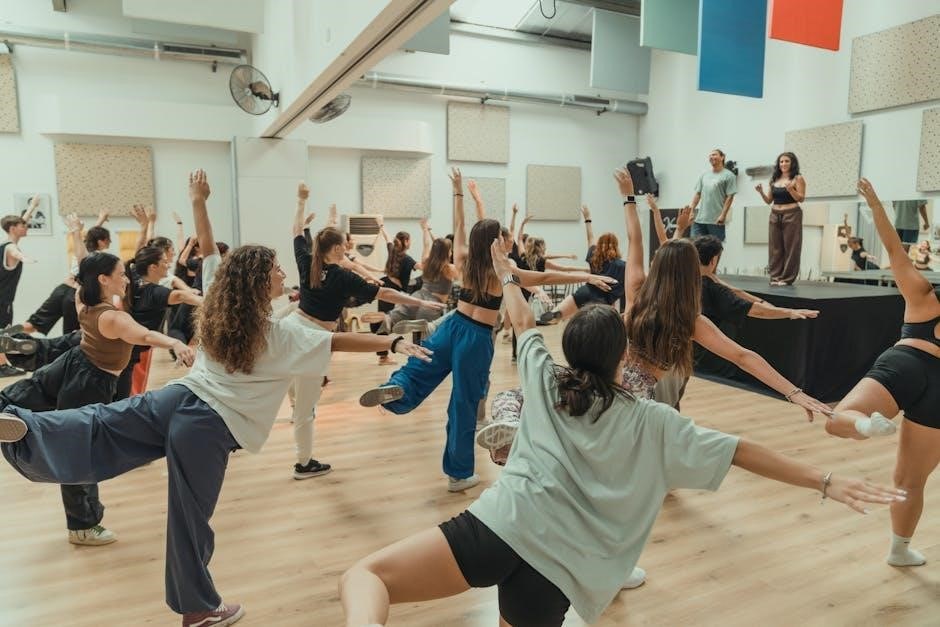
Additional Exercises for Comprehensive Hip Flexibility
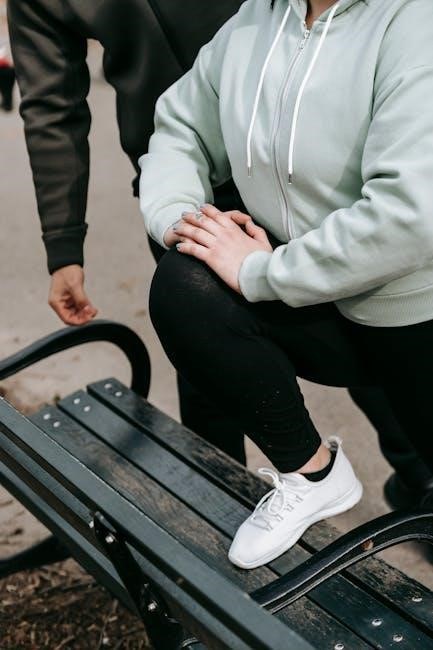
Enhance strength and flexibility with targeted exercises like lunges, leg raises, and pelvic tilts. These movements support overall hip health and prevent muscle imbalances, improving mobility and reducing discomfort.
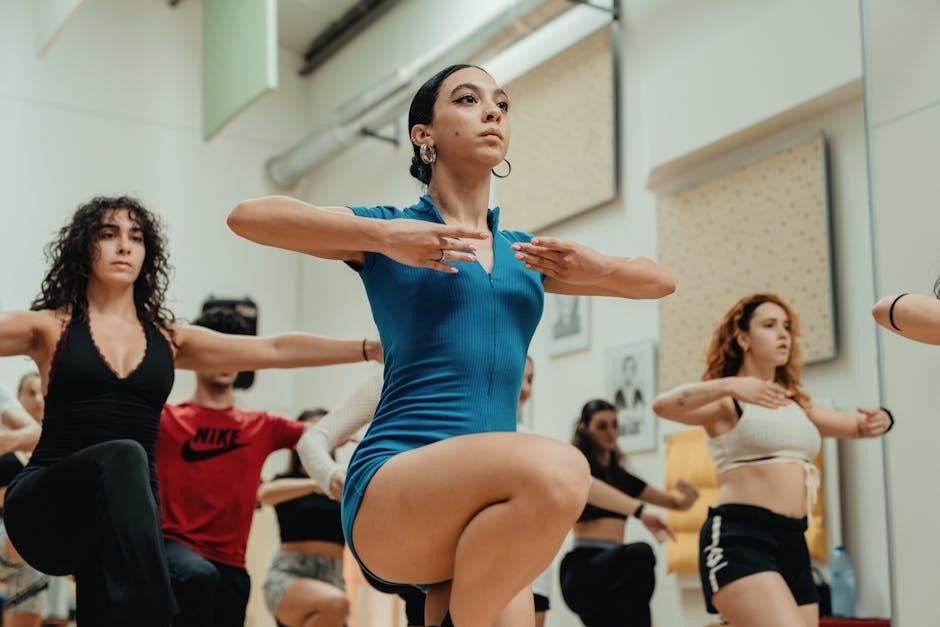
Strengthening Exercises for the Iliopsoas

Strengthening the iliopsoas muscle is essential for improving hip mobility and preventing injuries. Key exercises include lunges, leg raises, and pelvic tilts. Lunges target the iliopsoas by engaging hip flexion during the forward step. Leg raises, performed while lying on your back, strengthen the lower abdominals and hip flexors, including the iliopsoas. Pelvic tilts enhance core stability and pelvic alignment, indirectly benefiting the iliopsoas. To maximize effectiveness, focus on controlled movements and proper form. For lunges, maintain a straight back and avoid letting the knee extend past the toes. For leg raises, lift with a slow, deliberate motion to engage the target muscles fully. Incorporating these exercises into your routine can improve posture, reduce lower back tension, and enhance overall hip flexibility. Start with 2-3 sets of 10-15 repetitions and gradually increase as strength improves. Consistency is key to achieving long-term benefits for iliopsoas health.
Pelvic Floor Exercises to Enhance Flexibility
Pelvic floor exercises are a great way to improve flexibility and stability in the lower body, which can complement iliopsoas stretches. These exercises target the muscles that support the pelvis, including the iliopsoas, and help maintain proper alignment. Kegel exercises, for example, strengthen the pelvic floor muscles by contracting and releasing them in a controlled manner. This can improve neuromuscular control and reduce symptoms of pelvic misalignment. Additionally, exercises like glute bridges and bird-dog stretches can enhance flexibility by engaging the pelvic floor and hip flexors simultaneously. Performing these exercises regularly can lead to better posture, reduced lower back pain, and improved overall hip mobility. Start with 3 sets of 10-15 repetitions and gradually increase as your strength and flexibility improve. Remember to focus on proper form to maximize the effectiveness of each exercise and avoid strain.
Consistently incorporating iliopsoas stretches into your routine can significantly enhance hip flexibility, reduce lower back pain, and improve overall mobility. By focusing on exercises like the half kneeling stretch and supine groin stretch, you can effectively target the iliopsoas muscle and maintain proper pelvic alignment. Strengthening exercises, such as glute bridges and pelvic floor exercises, complement these stretches by promoting stability and neuromuscular control. Remember to practice proper form and start slowly, gradually increasing intensity as your flexibility improves. Regular practice not only alleviates tightness but also enhances athletic performance and daily comfort. Make stretching a priority to experience the long-term benefits of a more flexible and balanced body.
